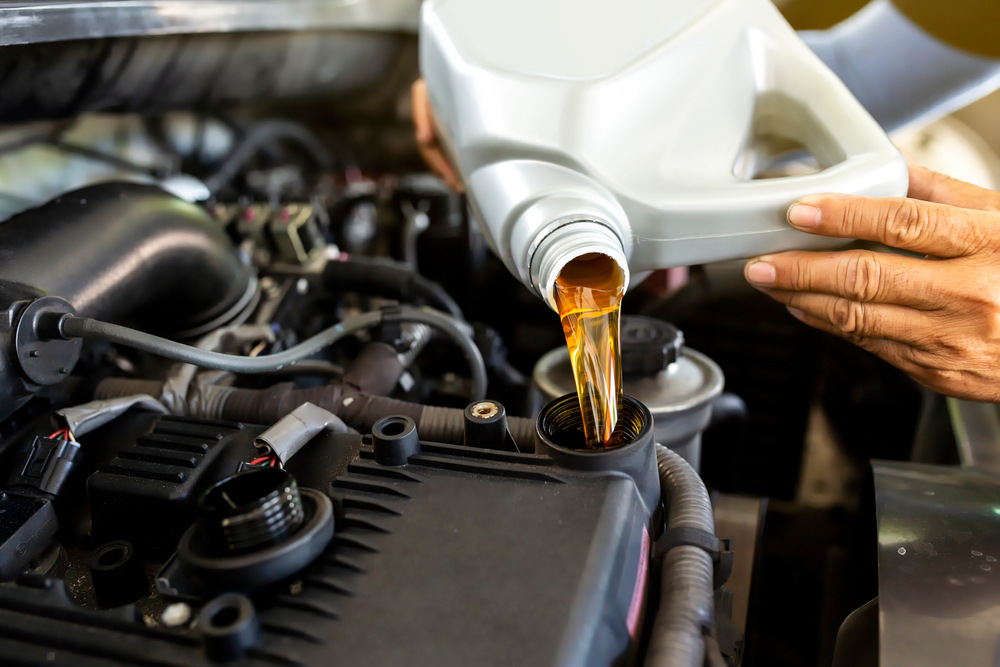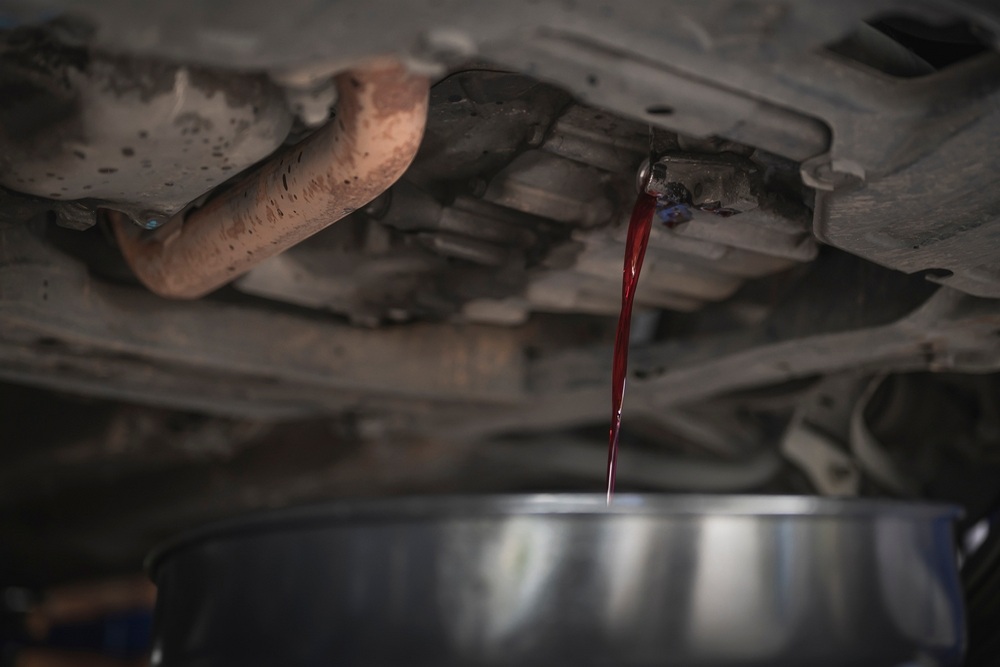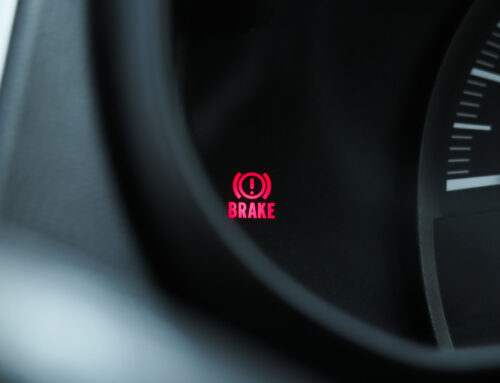
Related Posts
Is It Safe to Drive With Dark or Dirty Oil
Motor oil is an essential component in keeping your vehicle running smoothly. It lubricates the engine, reduces friction, prevents overheating, and helps to filter out debris. As you drive, the oil undergoes considerable stress, and over time, it breaks down, becoming less effective. If you’ve noticed that your oil has turned dark or dirty, you may be wondering if it’s still safe to drive. Let’s take a closer look at what these changes in your oil mean and why it’s essential to address them sooner rather than later.
1. Why Does Oil Become Dark or Dirty?
When fresh oil is first added to your vehicle, it’s typically a golden or amber color. As you drive, the engine undergoes a process of collecting contaminants, such as dirt, metal particles, and other debris that naturally accumulate inside. Over time, the oil begins to darken as it absorbs these impurities. While it’s entirely normal for oil to become darker over time, oil that’s excessively dirty or thick may indicate that it’s no longer able to lubricate your engine as efficiently. Dirty oil can negatively impact your car’s performance, causing the engine to work harder and increasing the risk of further damage.
2. Impact on Engine Performance
Dirty oil can significantly impact your engine’s overall performance. The primary job of motor oil is to reduce friction between the various engine parts. If the oil becomes too contaminated or breaks down excessively, it loses its ability to perform this function effectively. As a result, metal parts inside the engine may rub against each other, causing wear and tear. Over time, this can lead to engine damage, including overheating and increased fuel consumption. If you notice that your car’s performance is slipping—whether it’s difficulty starting the engine, rough idling, or reduced acceleration—dirty oil might be a contributing factor.
3. What Does It Mean for Your Car’s Lifespan?
Driving with dark or dirty oil can significantly shorten the lifespan of your vehicle. When the oil is no longer able to lubricate the engine properly, components can begin to wear out more quickly, and heat can build up within the engine, leading to increased strain on the engine parts. This can result in costly repairs or, in the worst-case scenario, a complete engine failure. Keeping an eye on your oil’s color and consistency and replacing it regularly can help prevent these issues, ensuring that your car runs smoothly for as long as possible.
4. How to Know When to Change Your Oil
It’s essential to regularly check the oil in your vehicle to assess its color and consistency. If the oil appears black and gritty or smells burnt, it’s likely time for an oil change. In some cases, the oil may have a sludgy texture, which is a sign of a more serious issue, such as overused oil or an engine problem. Even if the oil appears dark but isn’t excessively dirty, it’s still a good idea to replace it according to your car’s recommended oil change intervals. Most vehicles require an oil change every 3,000 to 5,000 miles, but this can vary depending on the make and model of your car.
5. The Risks of Driving with Dirty Oil
Driving with dirty or dark oil might seem harmless at first, but it can lead to serious engine issues. Without the proper lubrication, parts of your engine will begin to suffer from friction, which can cause them to overheat and wear out prematurely. In some cases, continued driving with bad oil can result in a complete breakdown or total engine failure. While an oil change is a relatively inexpensive and straightforward service, ignoring it can lead to more significant, costly problems down the road. Don’t wait until it’s too late—keep your vehicle’s oil in good condition to avoid unnecessary risks.
Don’t Wait to Change Your Oil
Keeping your engine running smoothly depends heavily on maintaining your oil in good condition. Dark or dirty oil is a sign that it’s no longer functioning as it should, and continuing to drive with it can lead to costly repairs and even engine failure. Regularly checking your oil and getting it changed at the recommended intervals will help ensure that your engine is protected and your vehicle performs optimally. If you suspect your oil is overdue for a change or are unsure about the condition of your engine oil, don’t hesitate to visit us at Rancho Bernardo Auto Care. Our team is here to help you maintain your vehicle and keep it running for years to come. Call us today at (858) 524-6236 to schedule an oil change and ensure your car stays in top shape.




